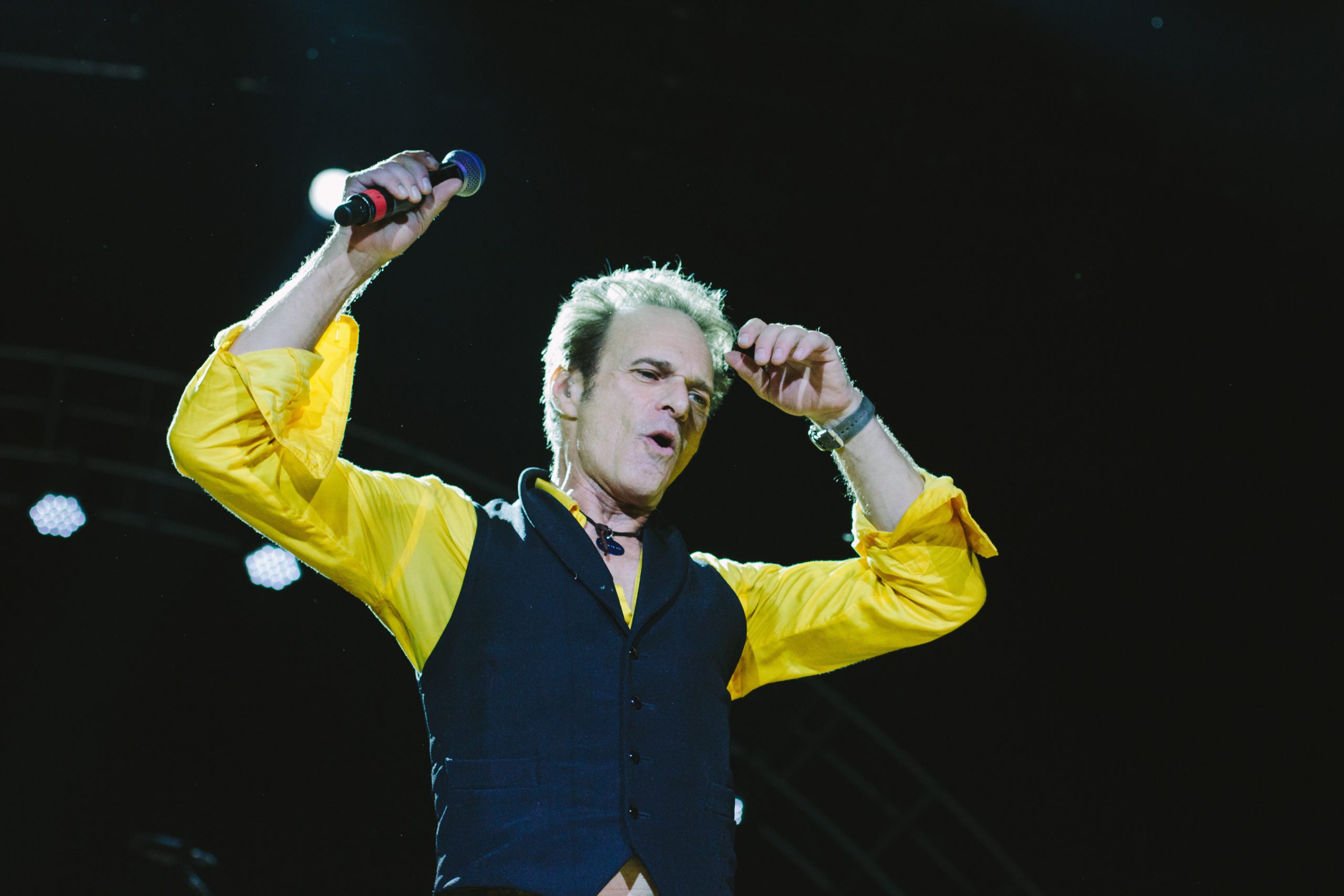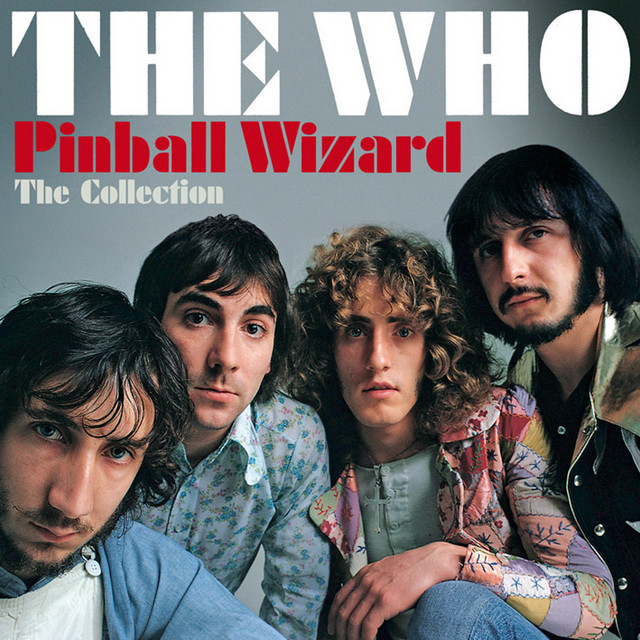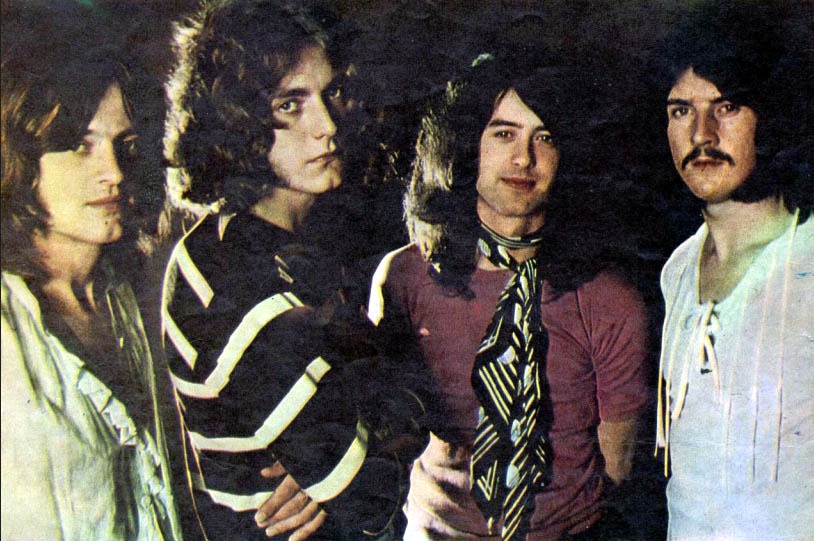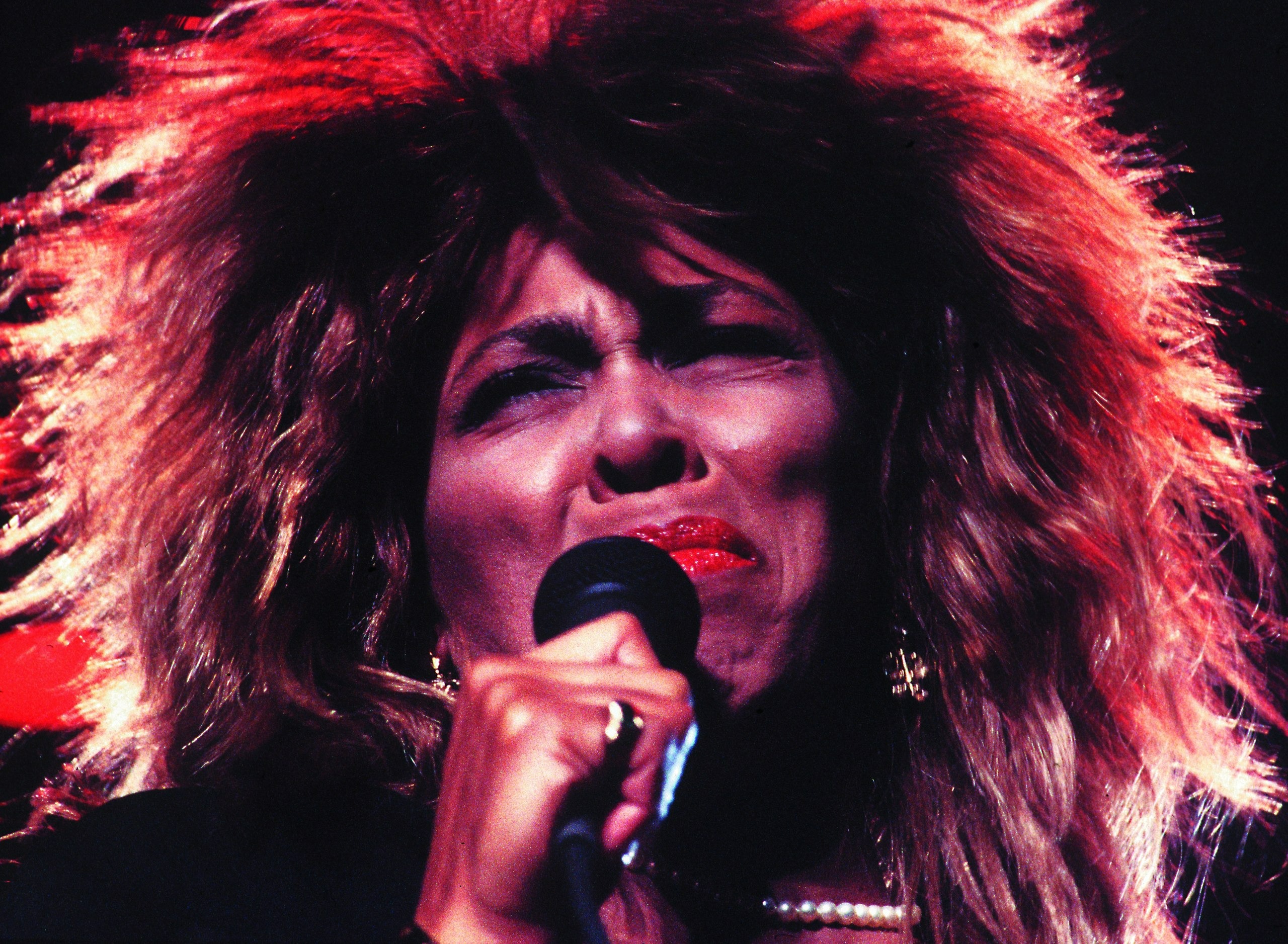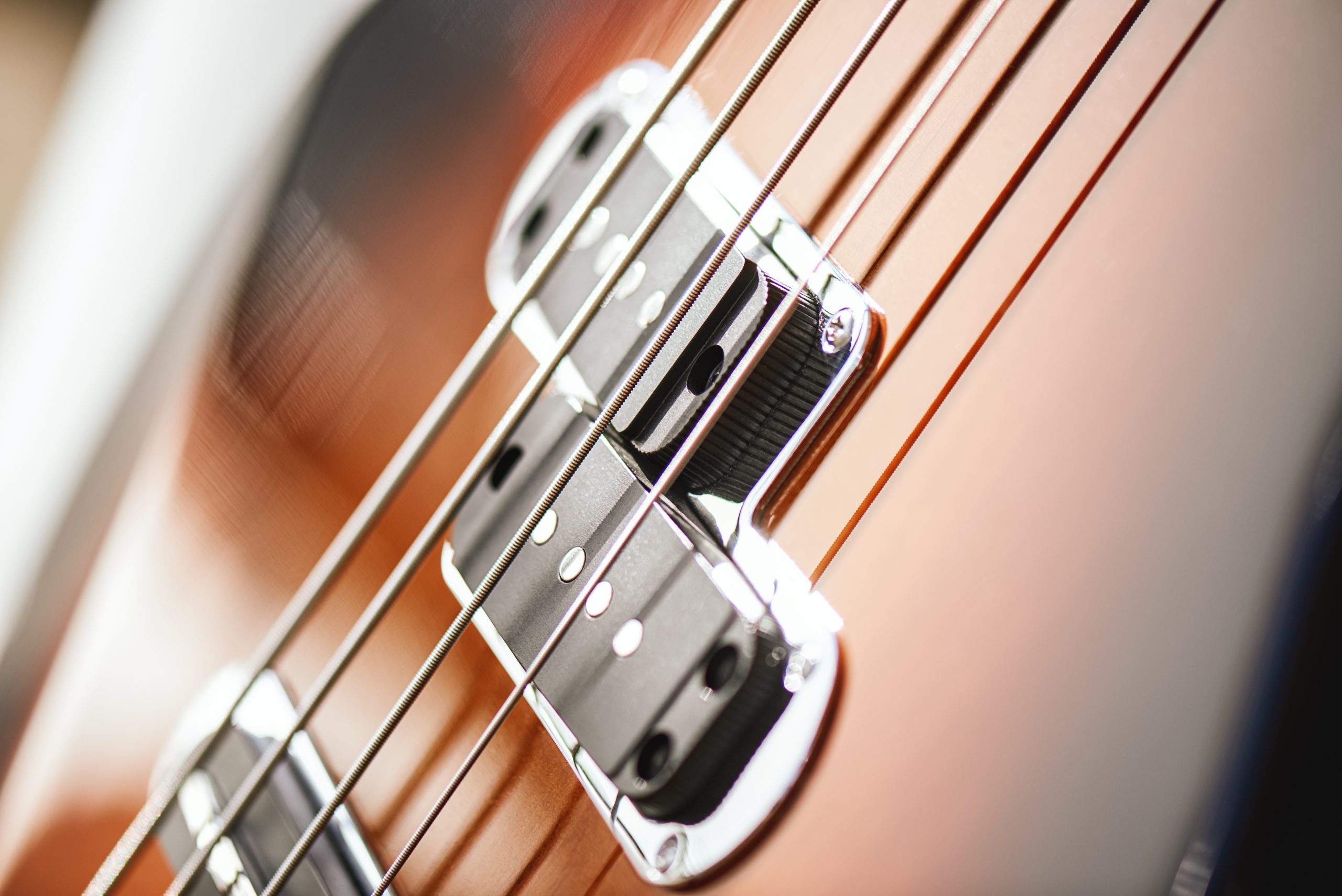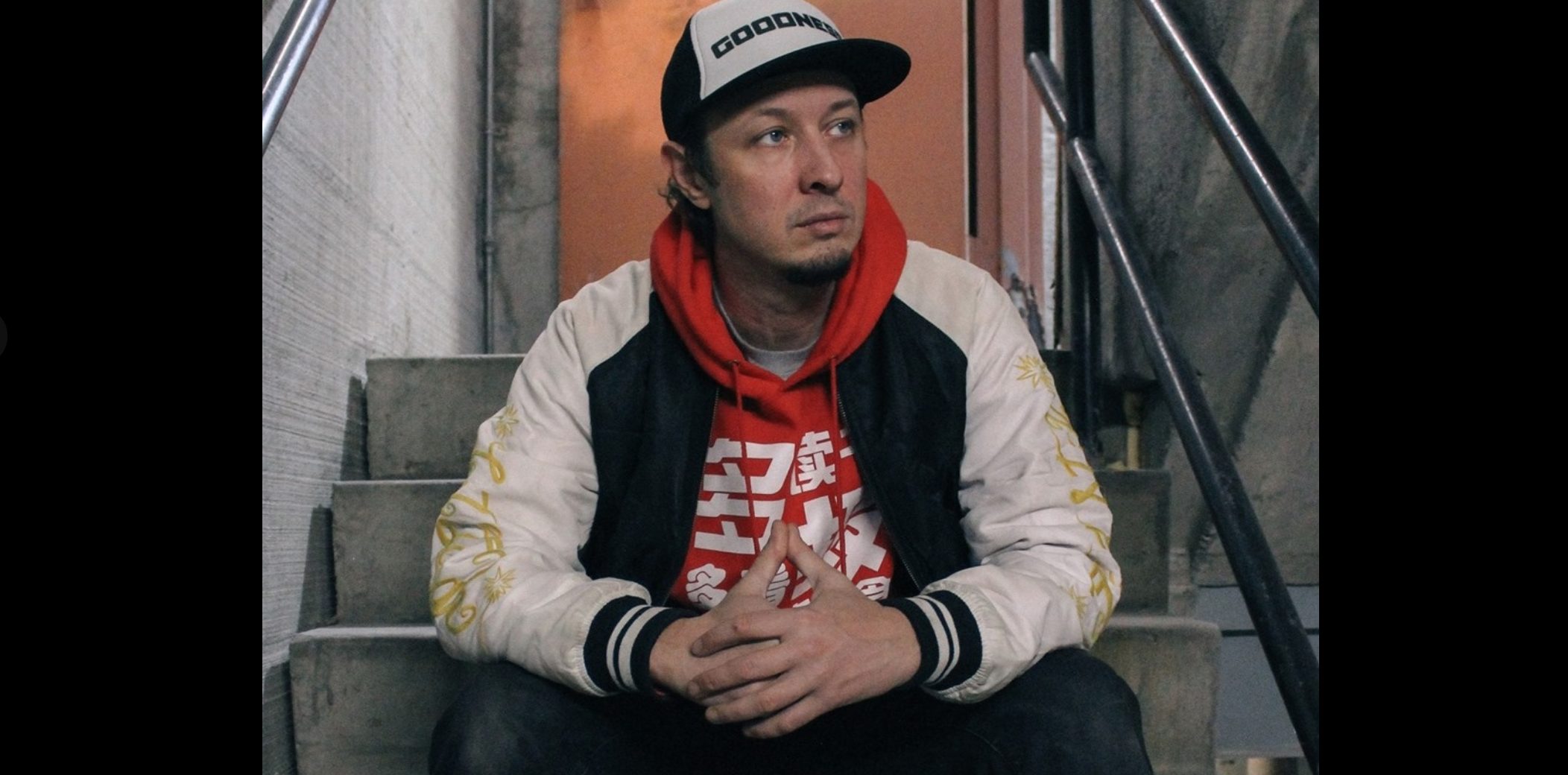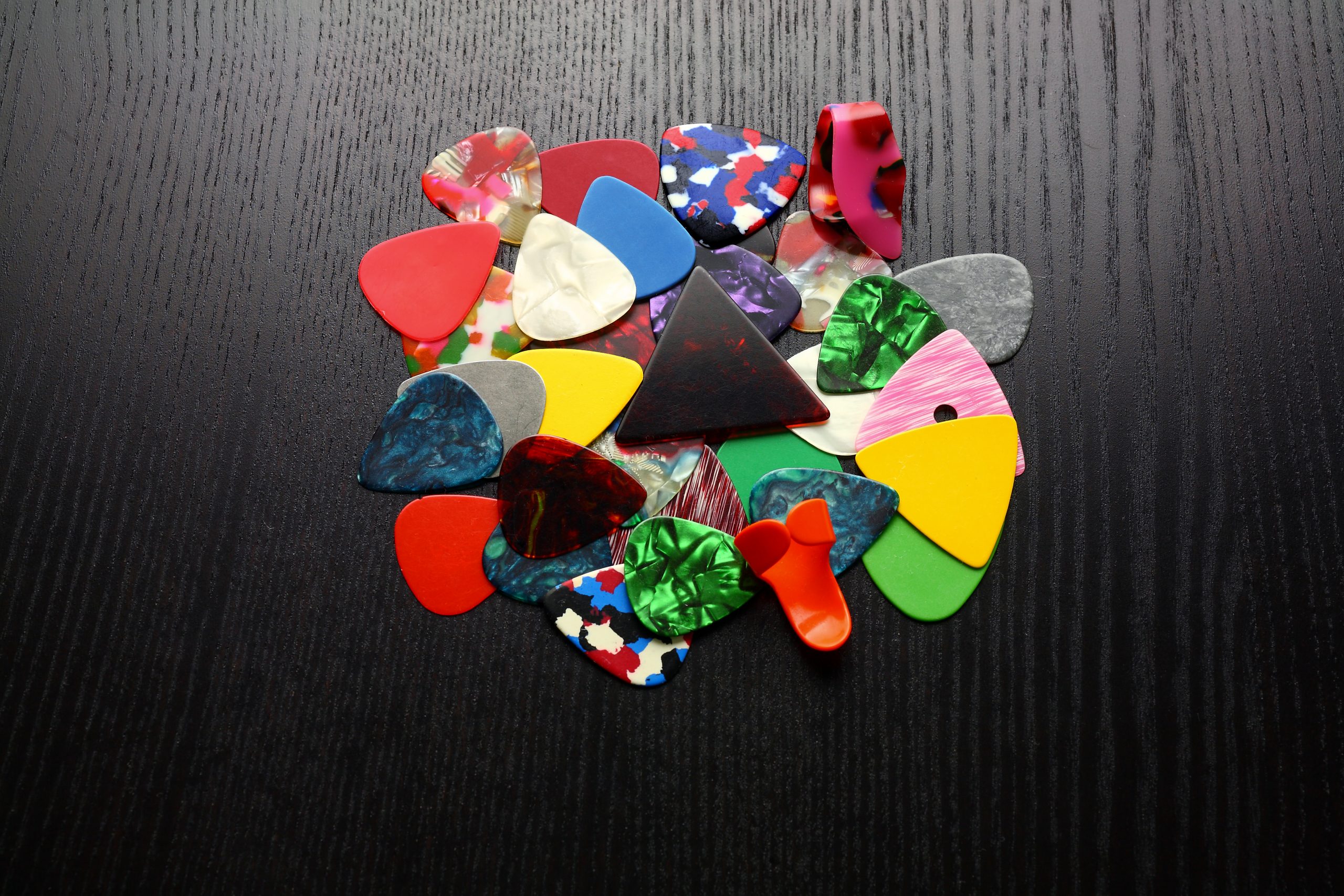The never-ending saga of rock’s most enduring frontman rivalry adds another chapter as David Lee Roth returns to the stage in 2025. Roth’s comeback at the M3 Rock Festival, where he performed Van Halen classics and joked about “the end of my first retirement,” resurrects the eternal debate: Diamond Dave or the Red Rocker?
The numbers tell a compelling story that often gets overlooked in the heat of fan debates. During Hagar’s tenure with Van Halen, the band achieved unprecedented commercial success. Billboard and RIAA records confirm the Hagar-fronted lineup delivered four consecutive number-one albums—”5150,” “OU812,” “For Unlawful Carnal Knowledge,” and “Balance”—all certified multi-platinum. Their hit “Why Can’t This Be Love” peaked at #3 on the Billboard Hot 100, cementing the band’s radio dominance. These stats fuel the fire in Van Halen’s ongoing vocal showdown between Hagar and David Lee Roth.
The Original Diamond Standard
Roth-era Van Halen (1978-1984) created the soundtrack for a generation with party anthems like “Jump,” “Panama,” and “Runnin’ with the Devil.” His flamboyant persona and athletic stage presence defined what rock stardom looked like in that era. Diamond Dave’s performances were spectacles of their own—high kicks, splits, and a larger-than-life personality that made other frontmen seem practically introverted by comparison.
When Hagar joined in 1985, Van Halen’s sound evolved dramatically. The band maintained their musical virtuosity while shifting toward more radio-friendly compositions. Eddie Van Halen’s legendary guitar work found new context in songs that appealed to a broader audience, expanding the band’s reach beyond their original hard rock base.
Critics Take Sides
In the pages of Classic Rock magazine, music journalists have passionately argued both sides of this divide. Writer Paul Elliott declared that “Van Halen were never as great without Dave,” while Jerry Ewing praised Hagar’s impact on the band’s sound and commercial reach. These contrasting professional assessments mirror the divide that continues among fans.
Today, the debate persists across social media, with dedicated fans still passionately defending their preferred frontman. The conversation around #VanHalen continues generating heated discussions whenever either singer makes headlines or references their time with the band.
Legacy Battles in the Streaming Era
Roth’s 2025 return coincides with classic rock’s continued cultural relevance and the nostalgia-driven touring industry that brings iconic acts back to stages worldwide. Meanwhile, Hagar has maintained his successful career, balancing music with entrepreneurial ventures.
The Van Halen catalog’s enduring influence can be heard across generations of rock music, from mainstream arena acts to bedroom guitarists learning their first solos. What remains remarkable is how two distinct creative periods, led by dramatically different frontmen, produced such influential music from the same foundational band.
Perhaps the true legacy of Van Halen isn’t about choosing sides, but appreciating how these contrasting eras combined to create one of rock’s most complete and complex bodies of work—proof that sometimes creative evolution, however contentious, produces art that outlasts the personalities behind it.


